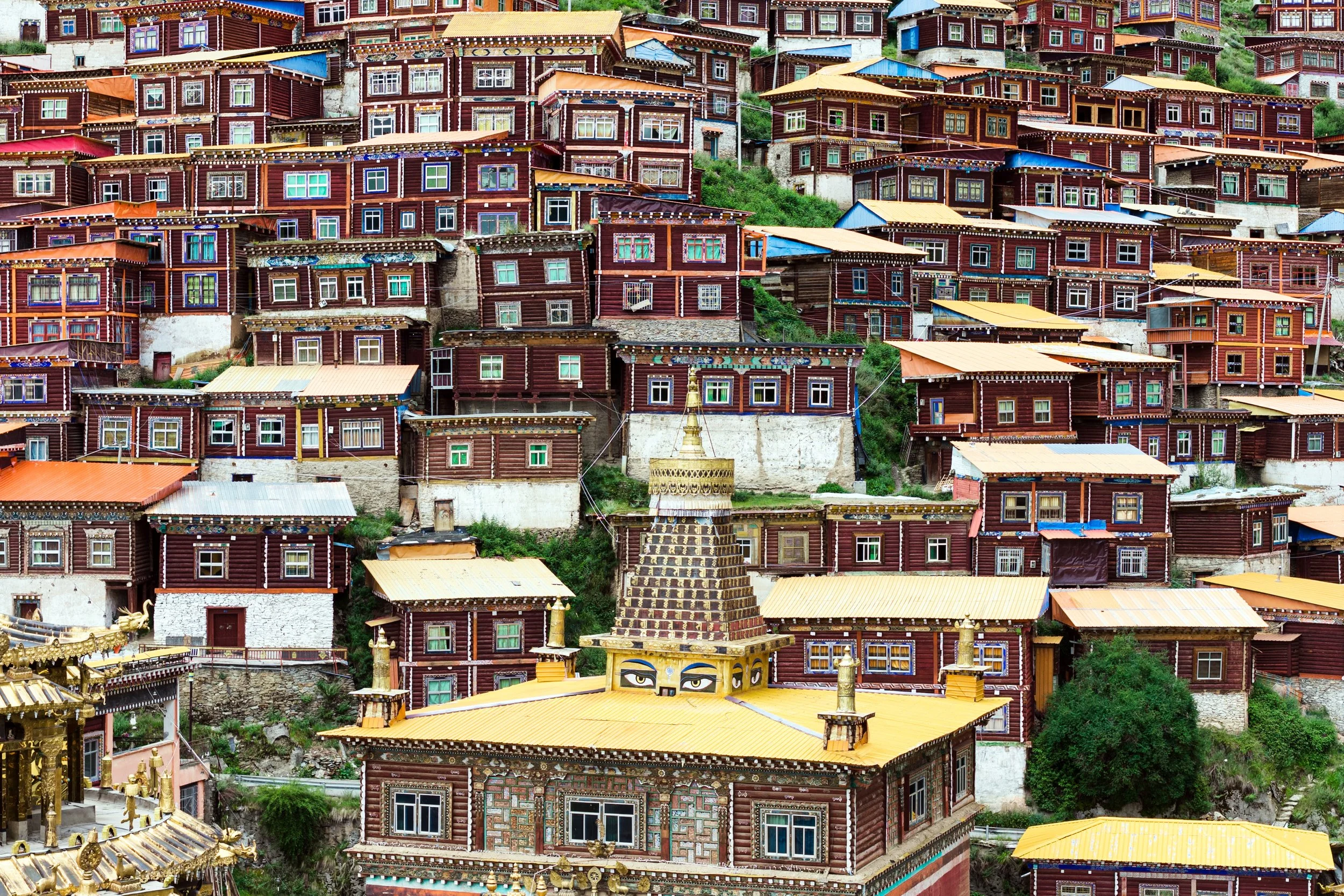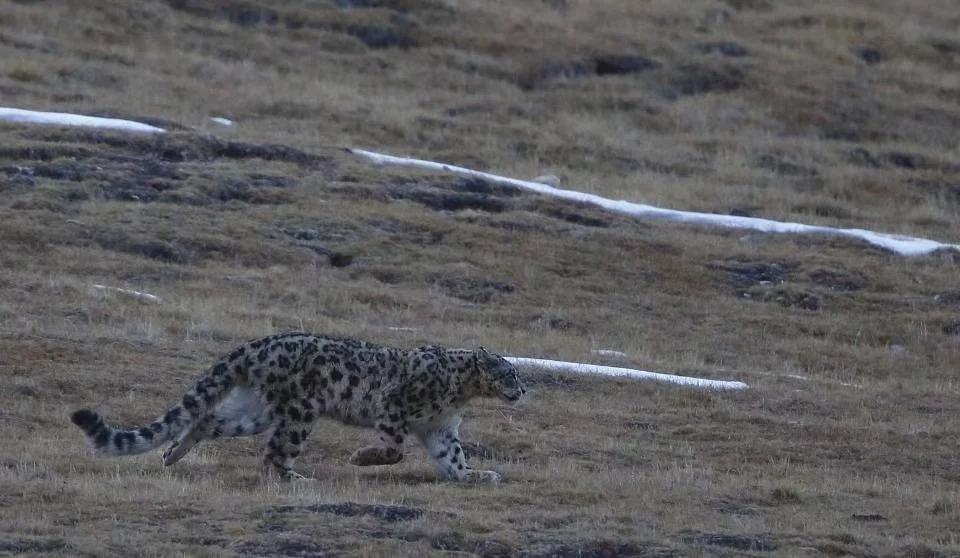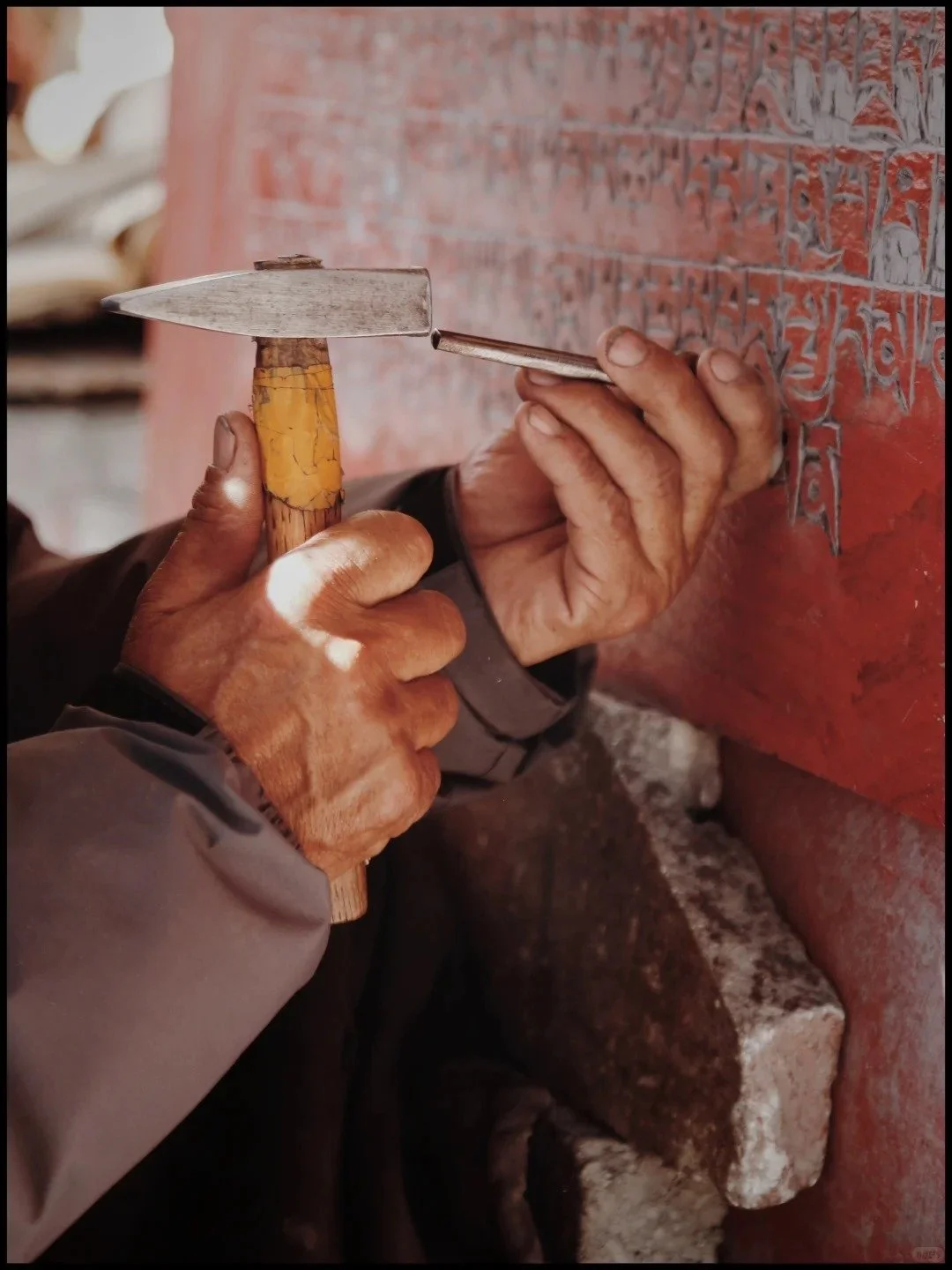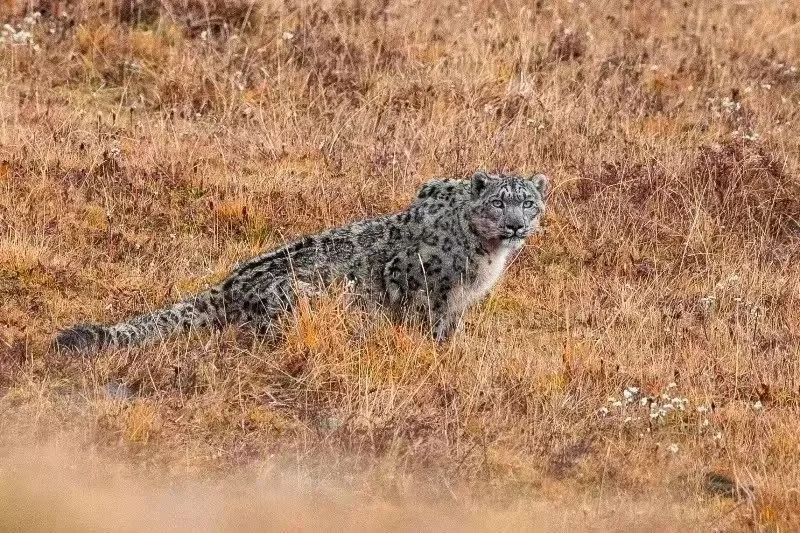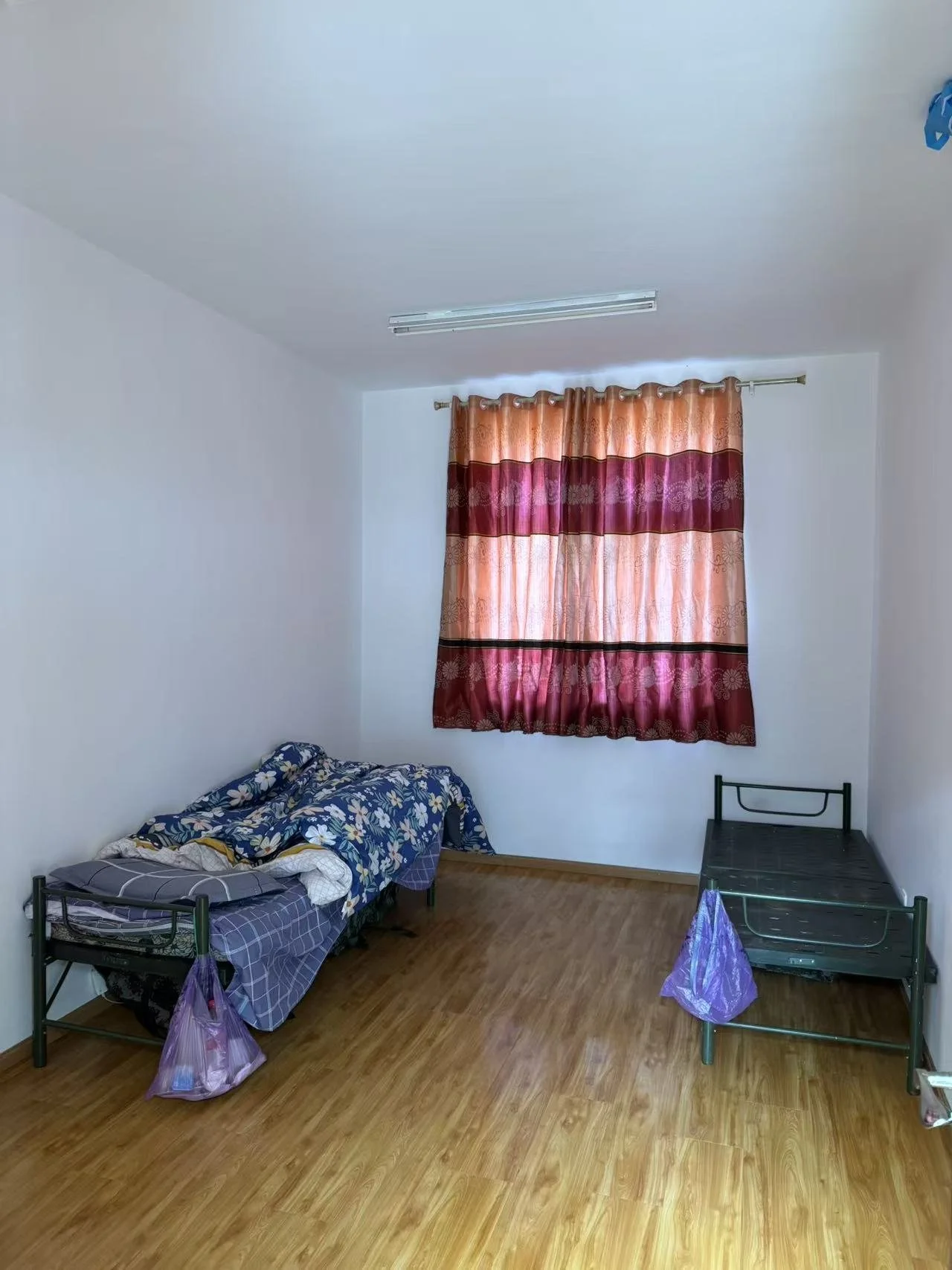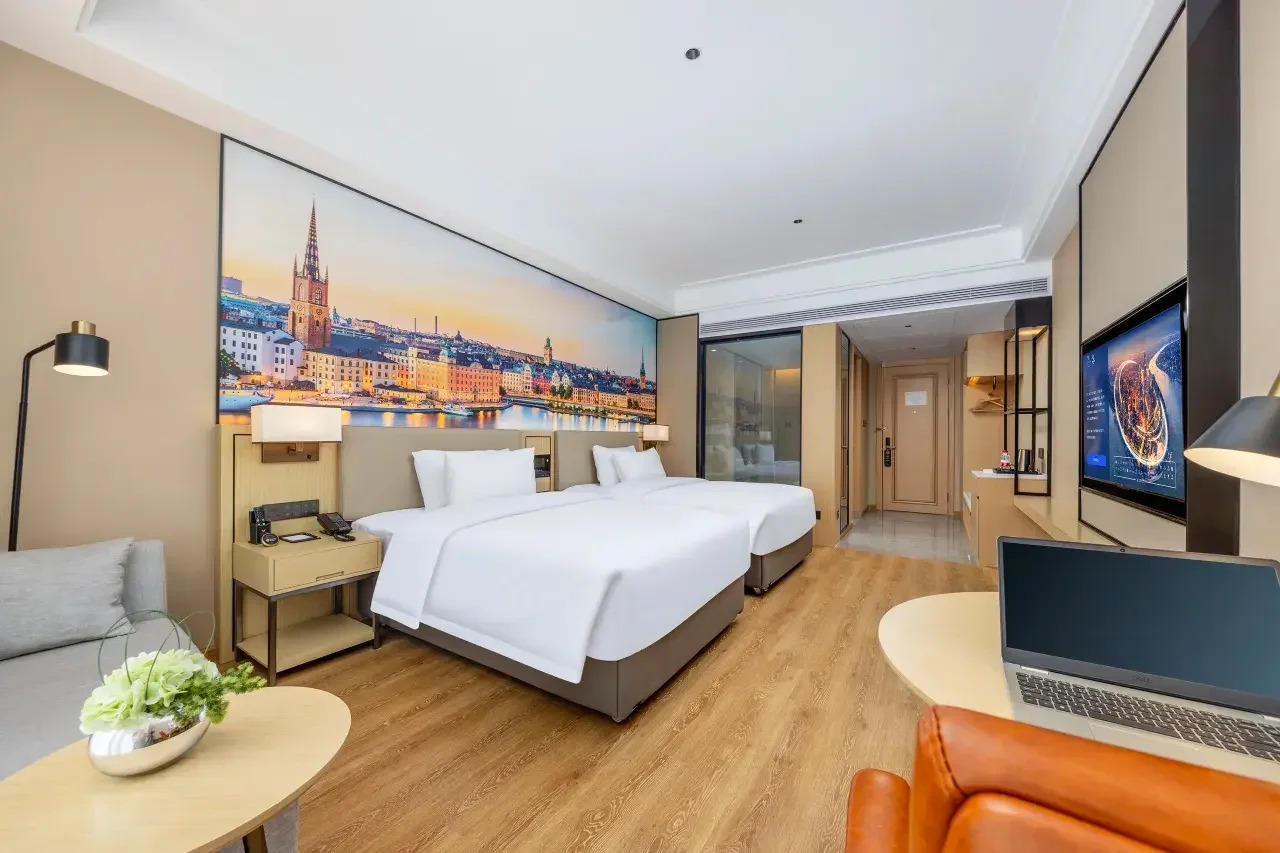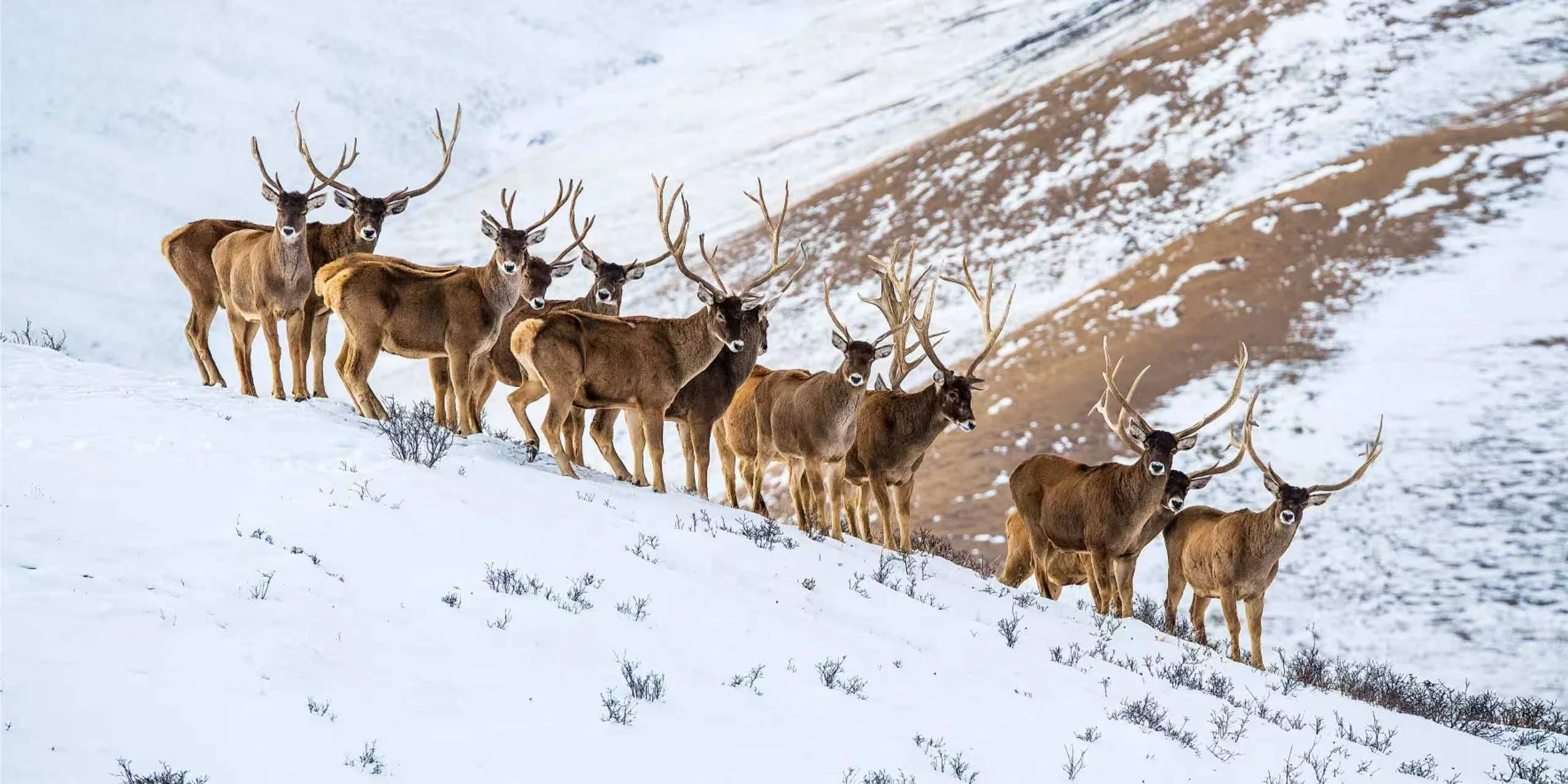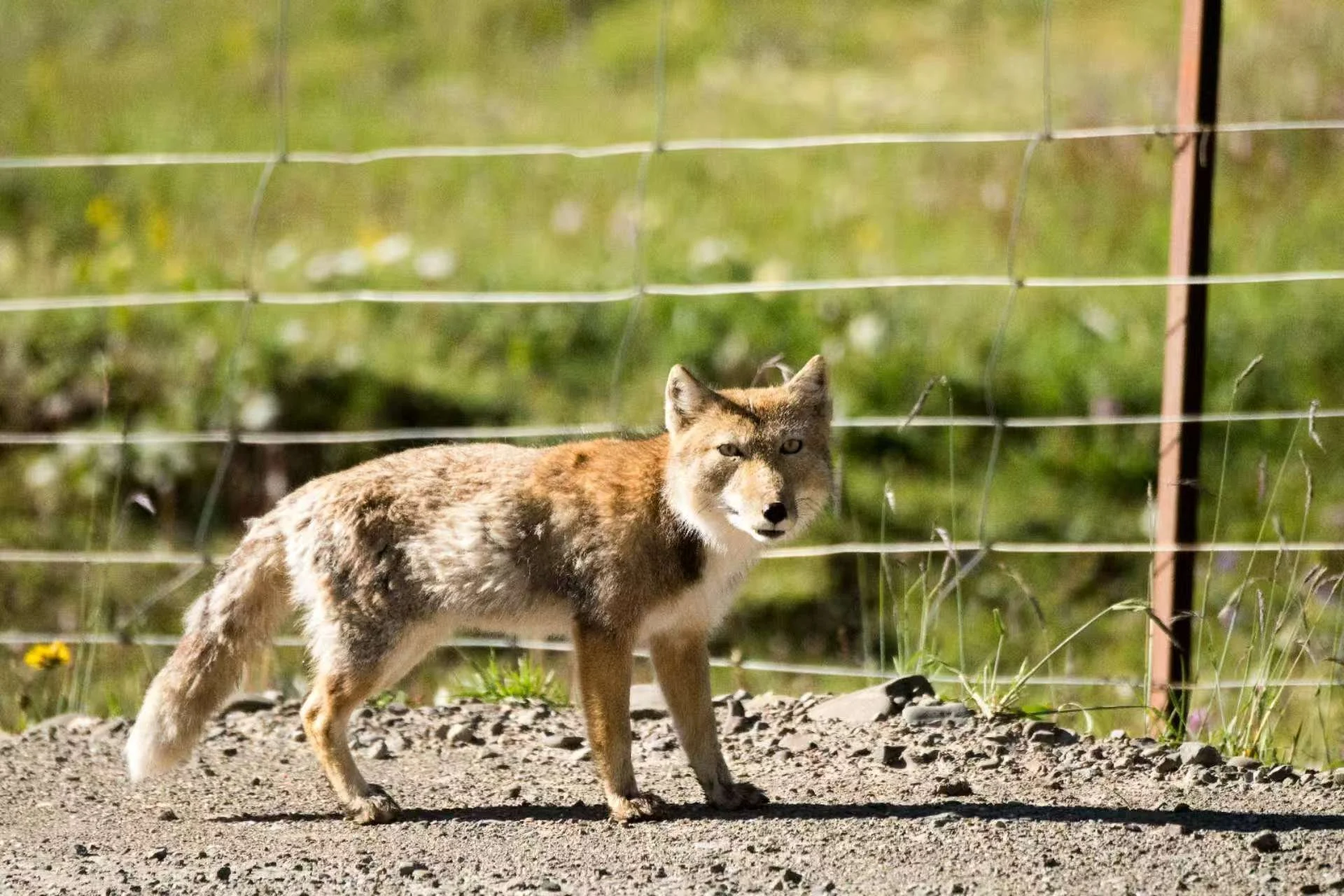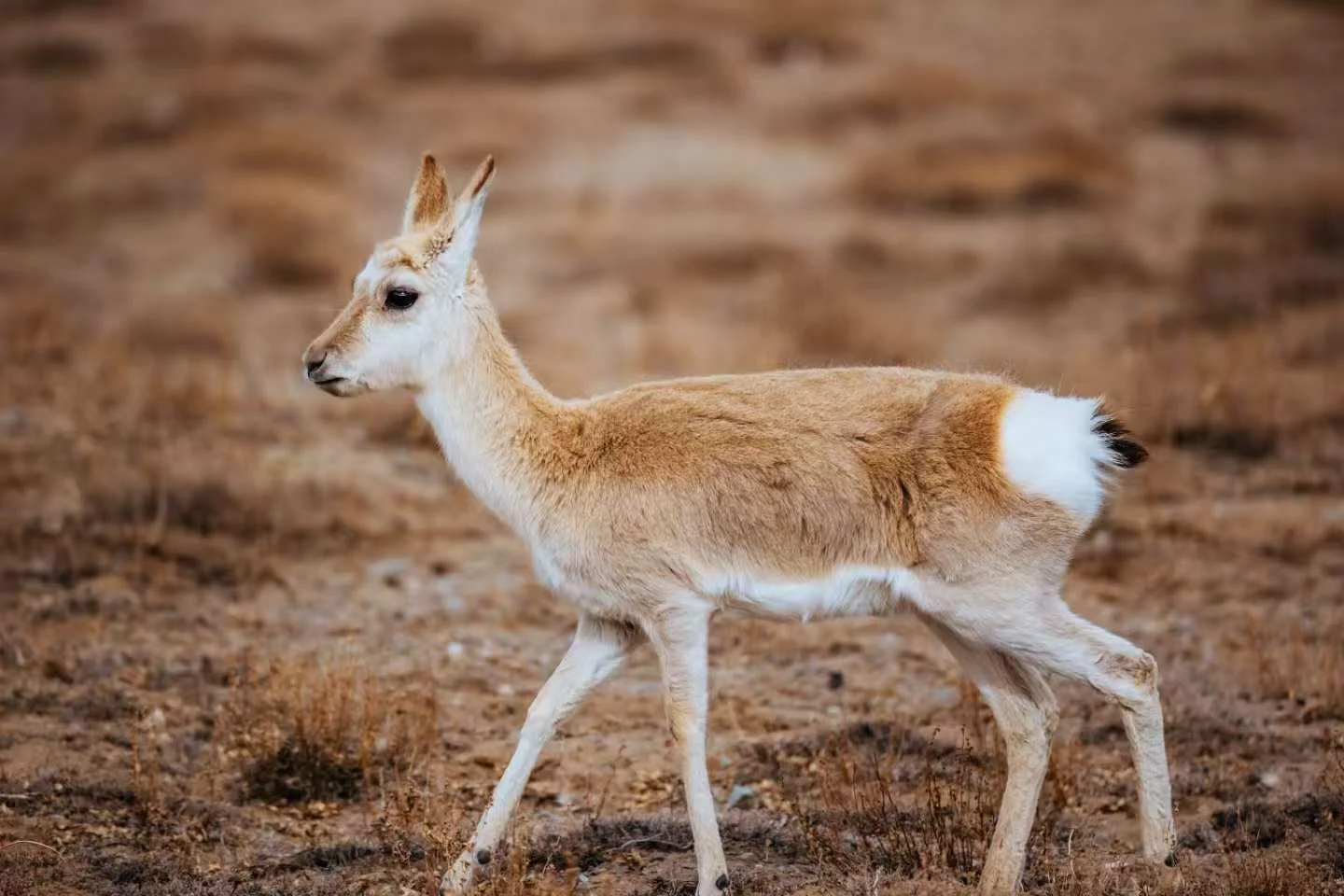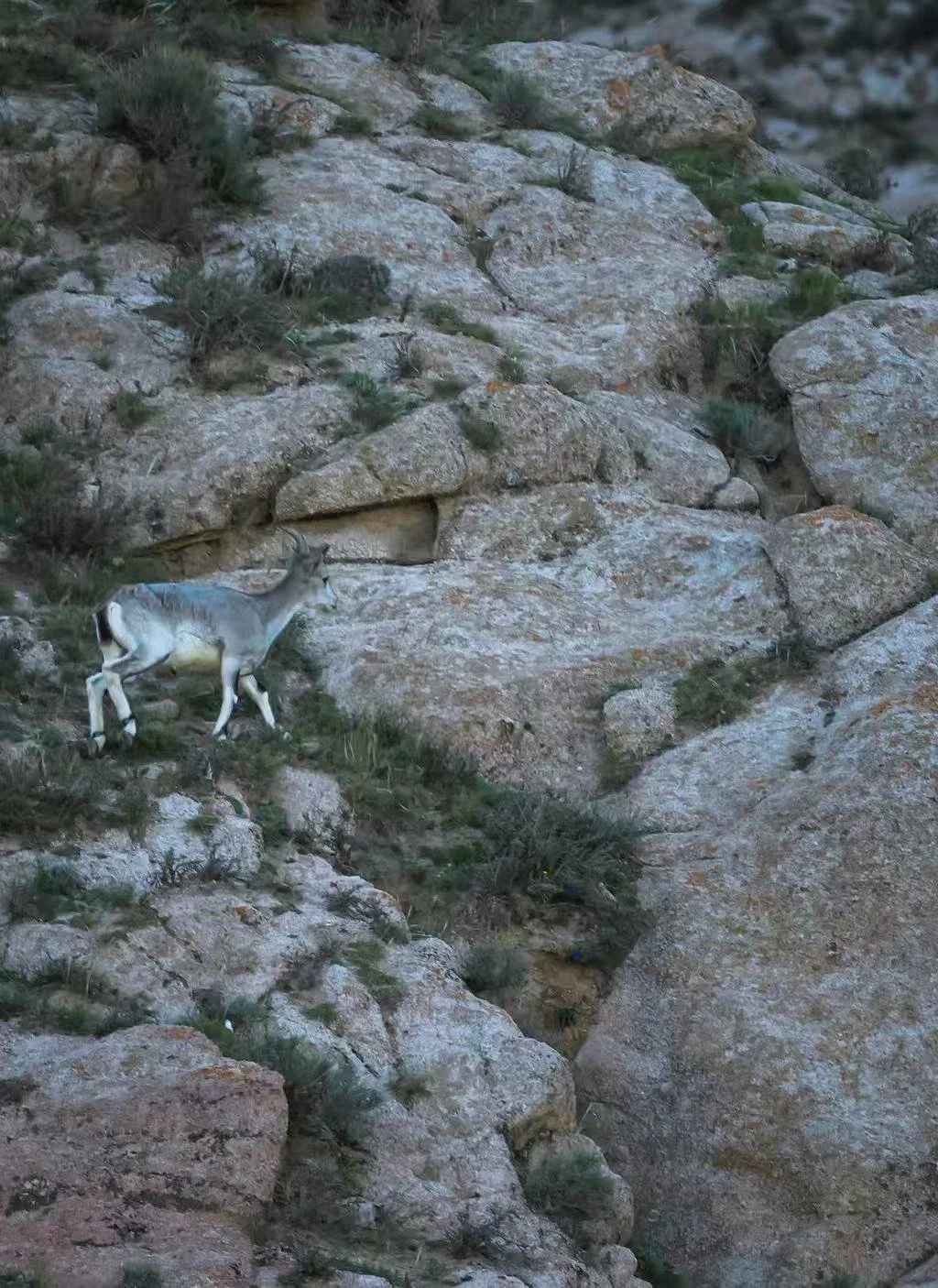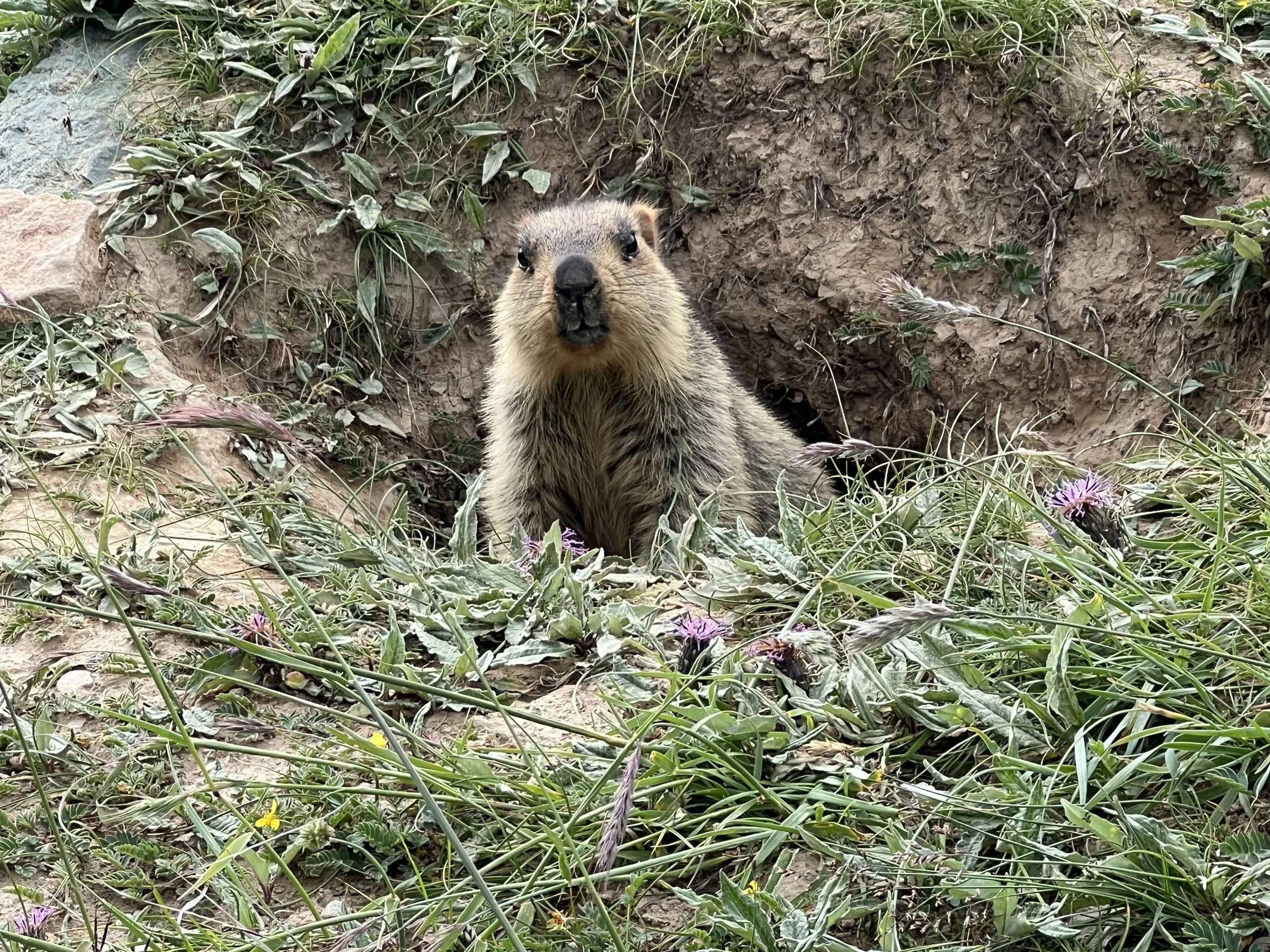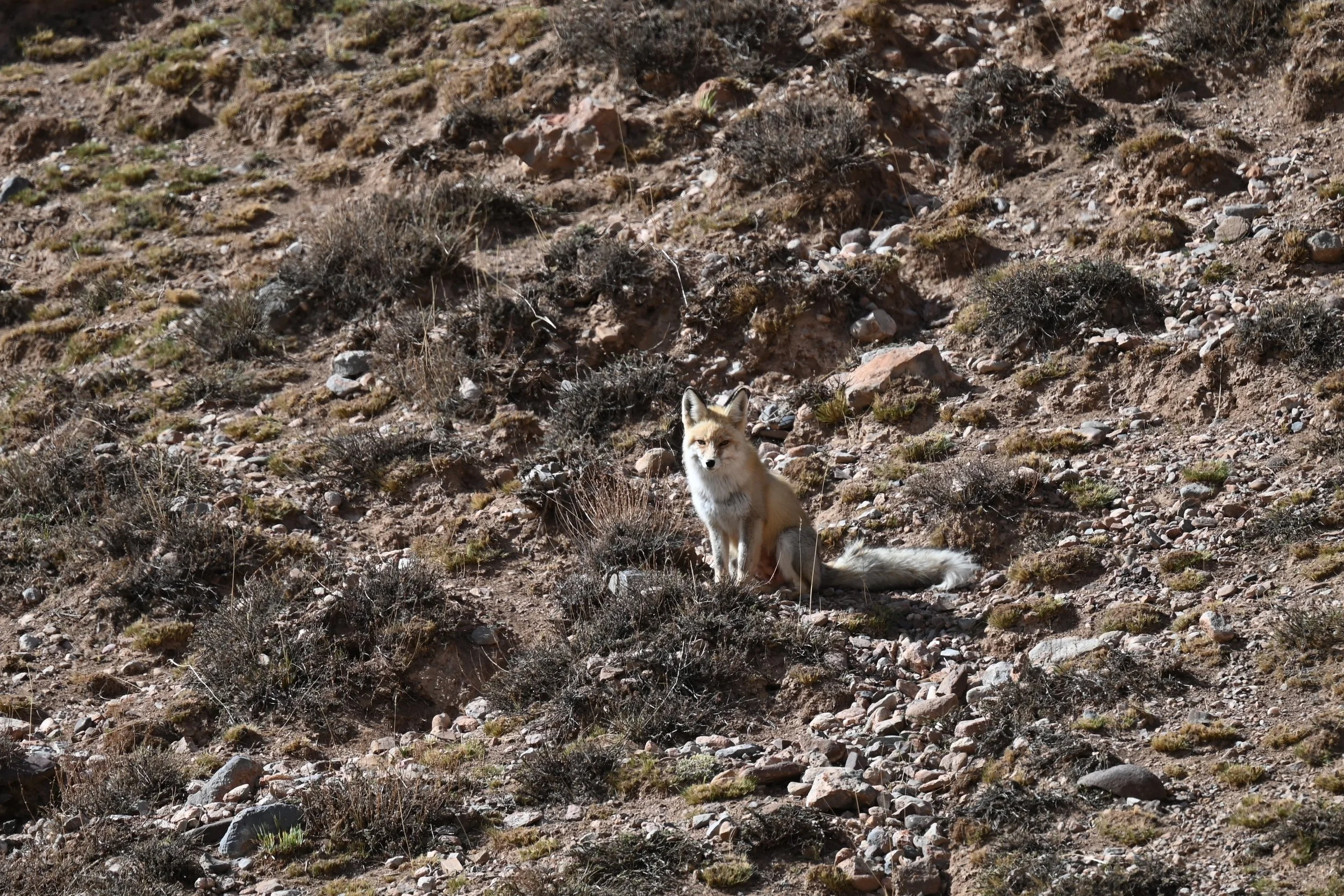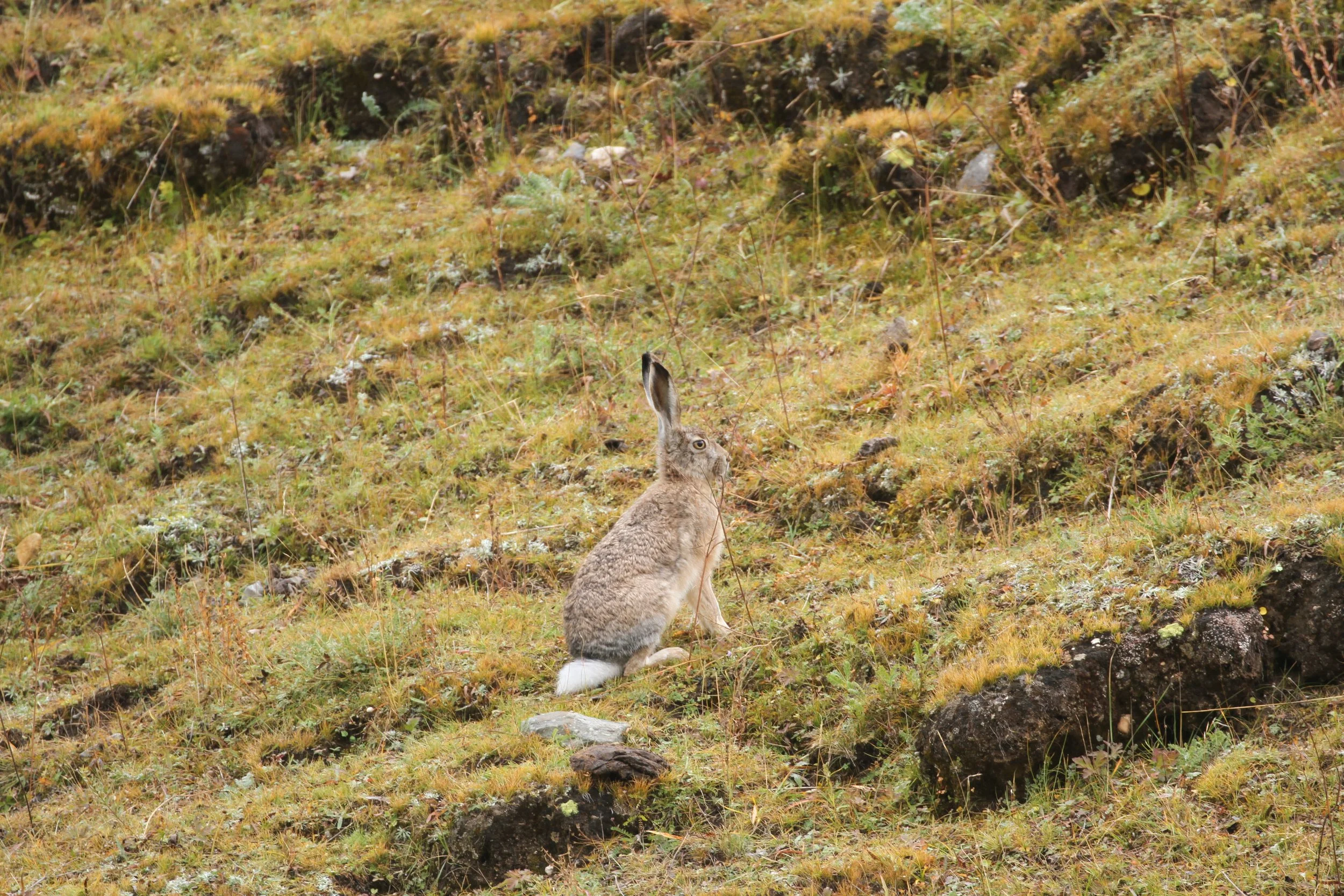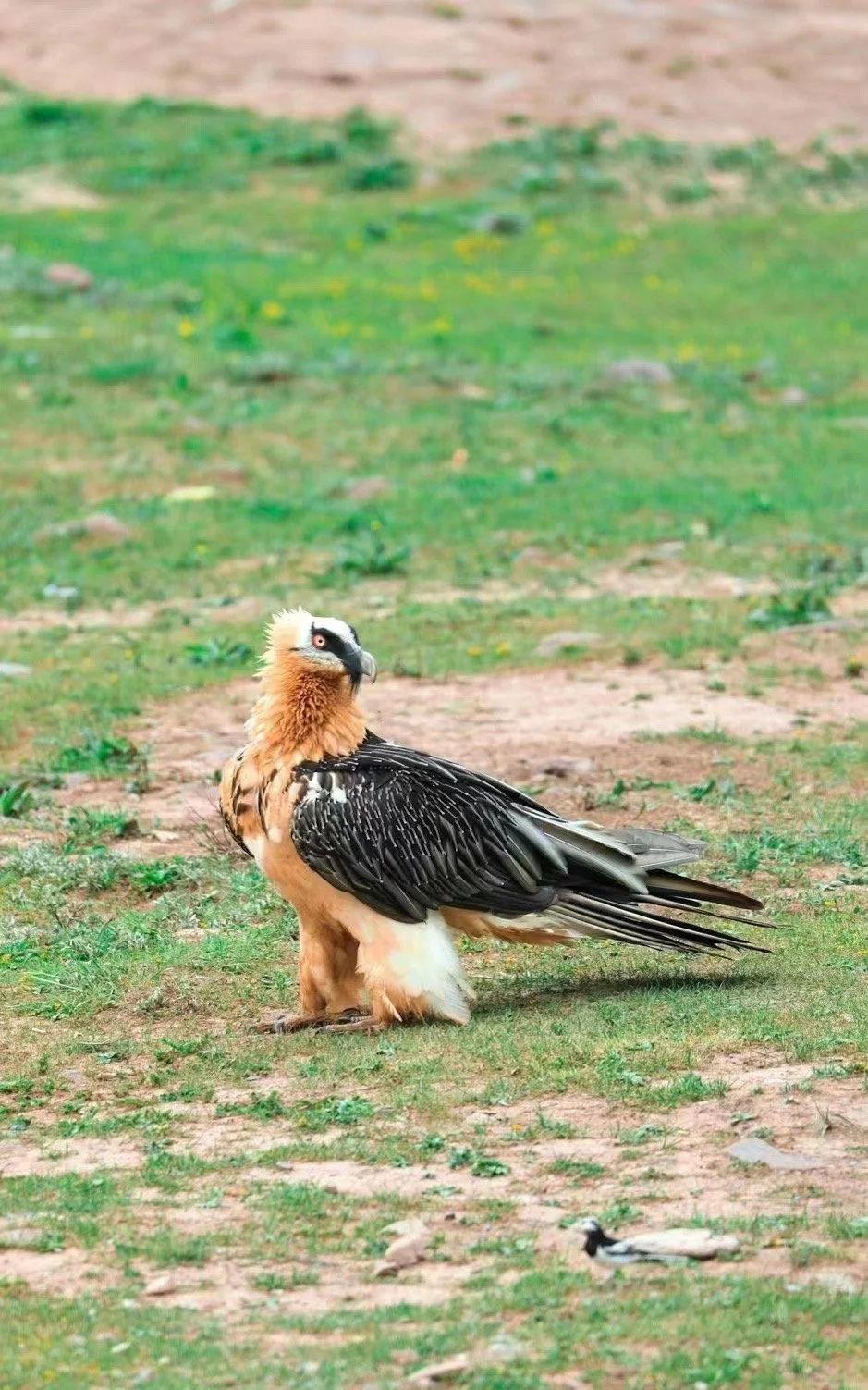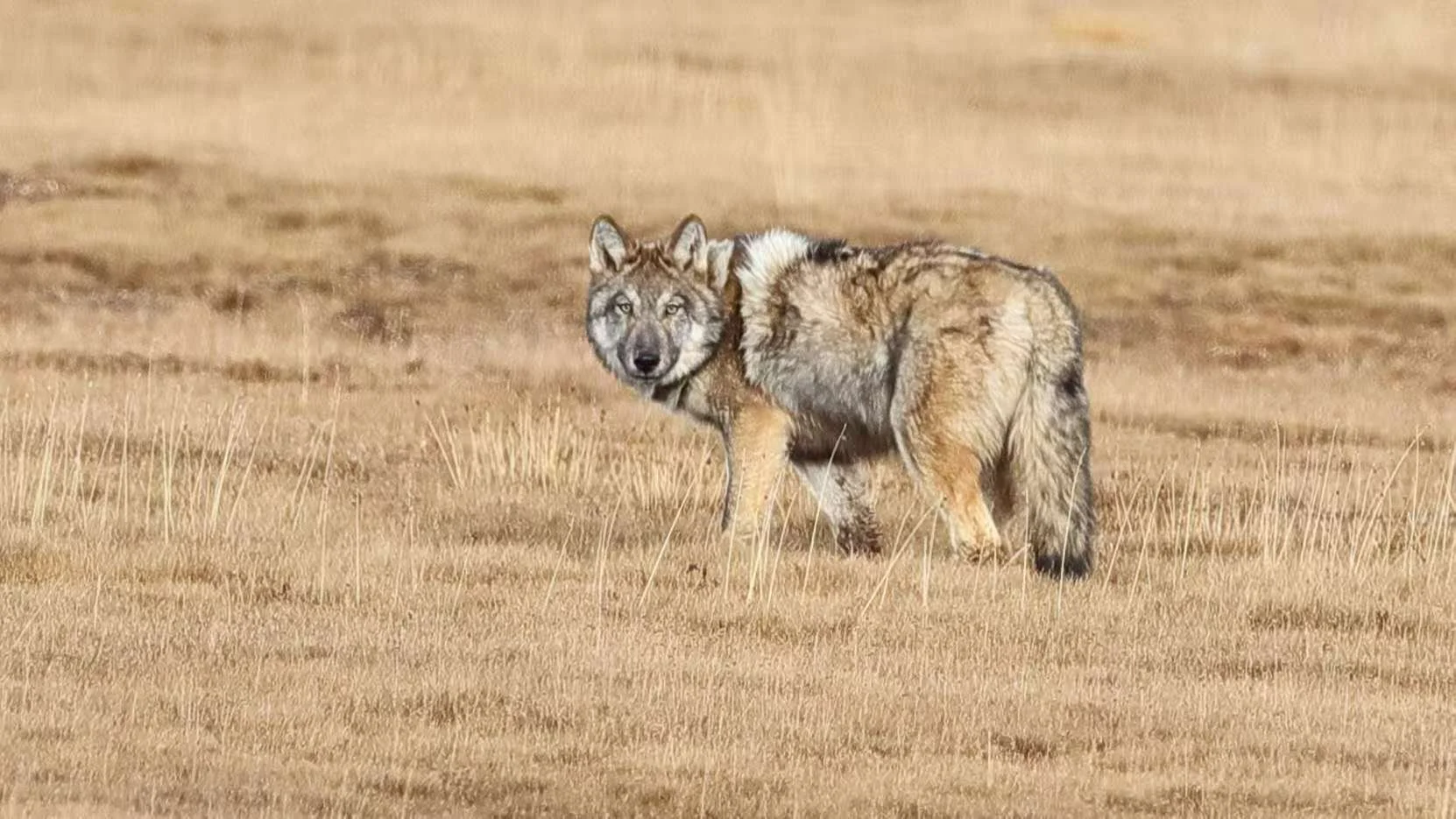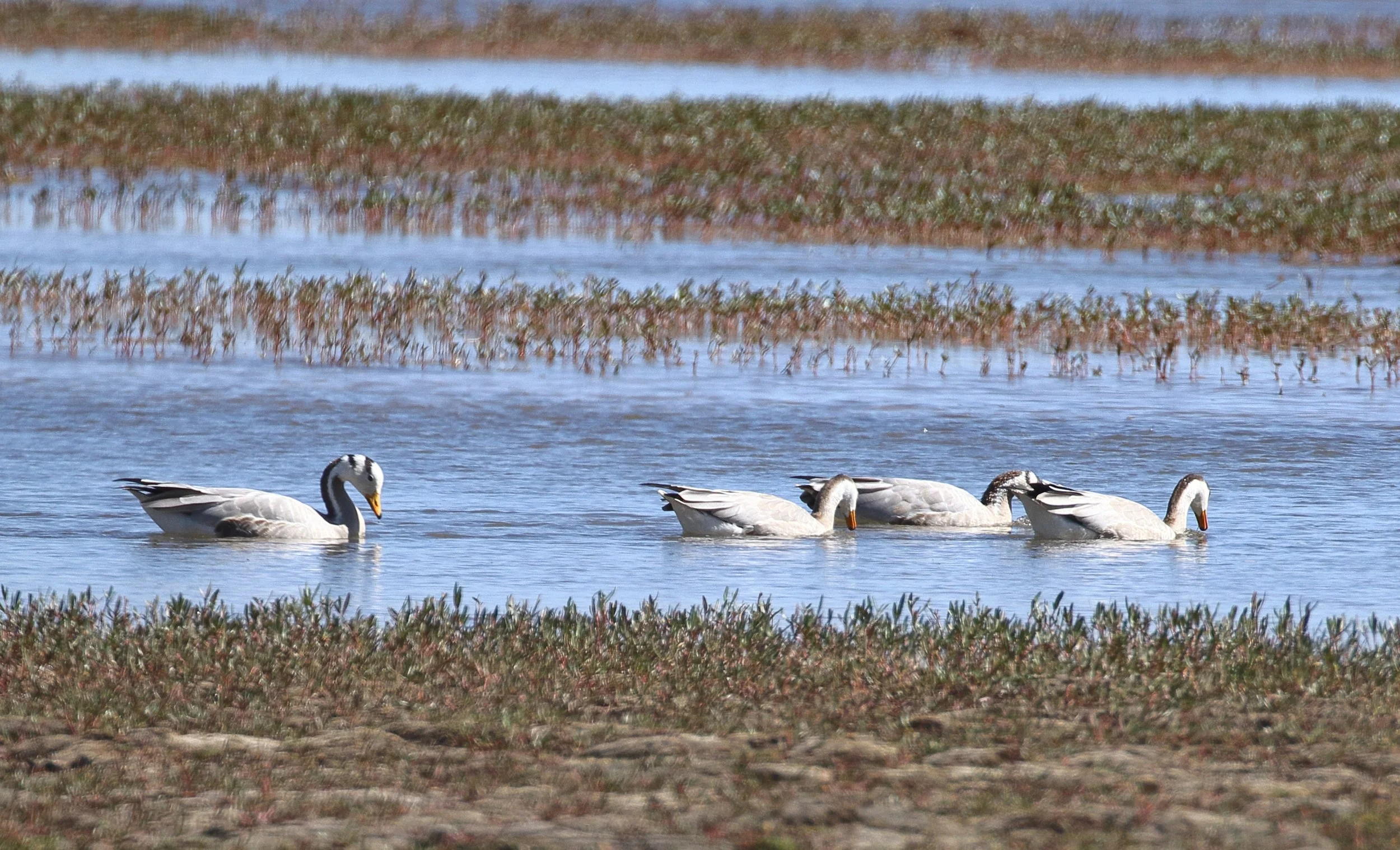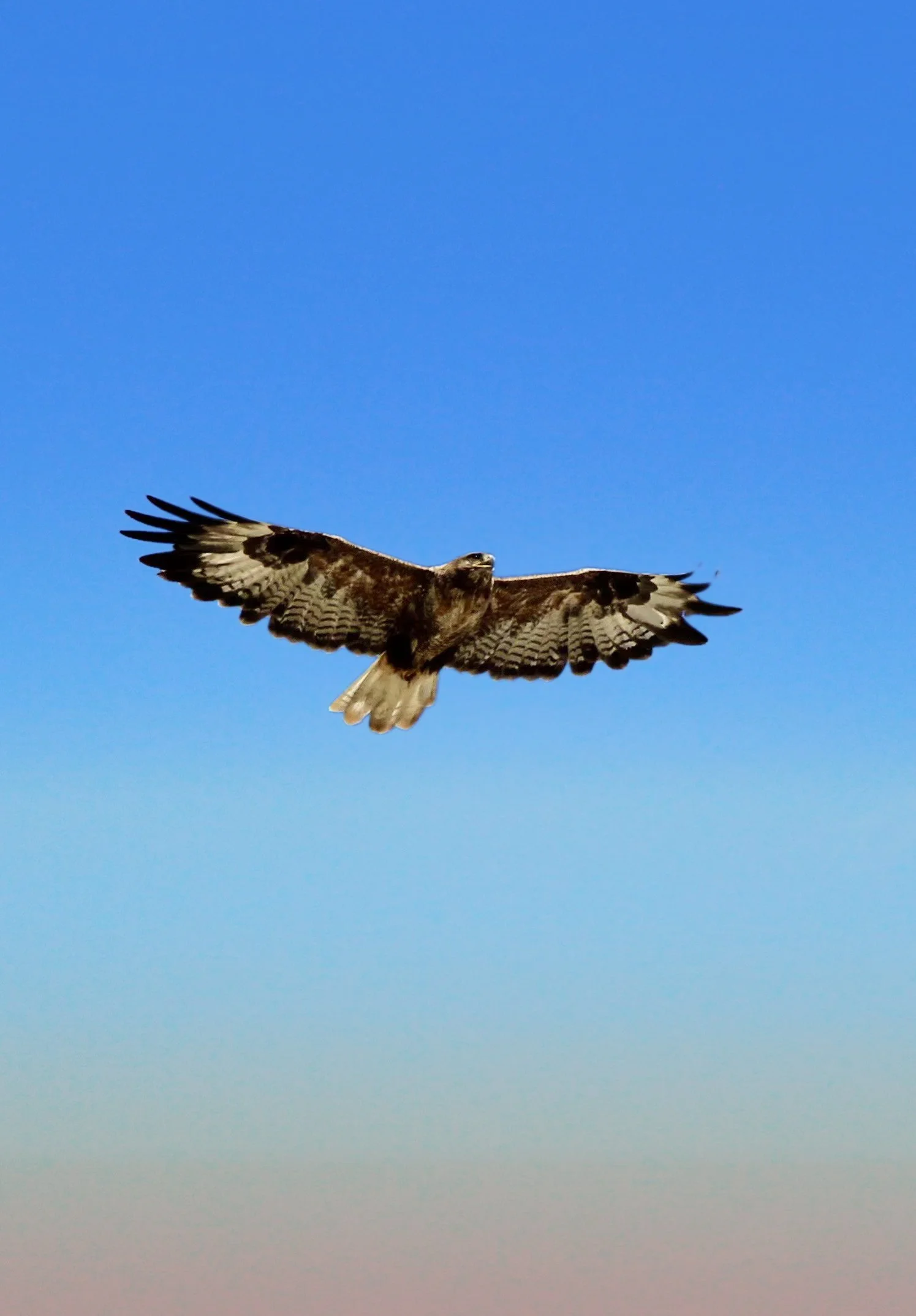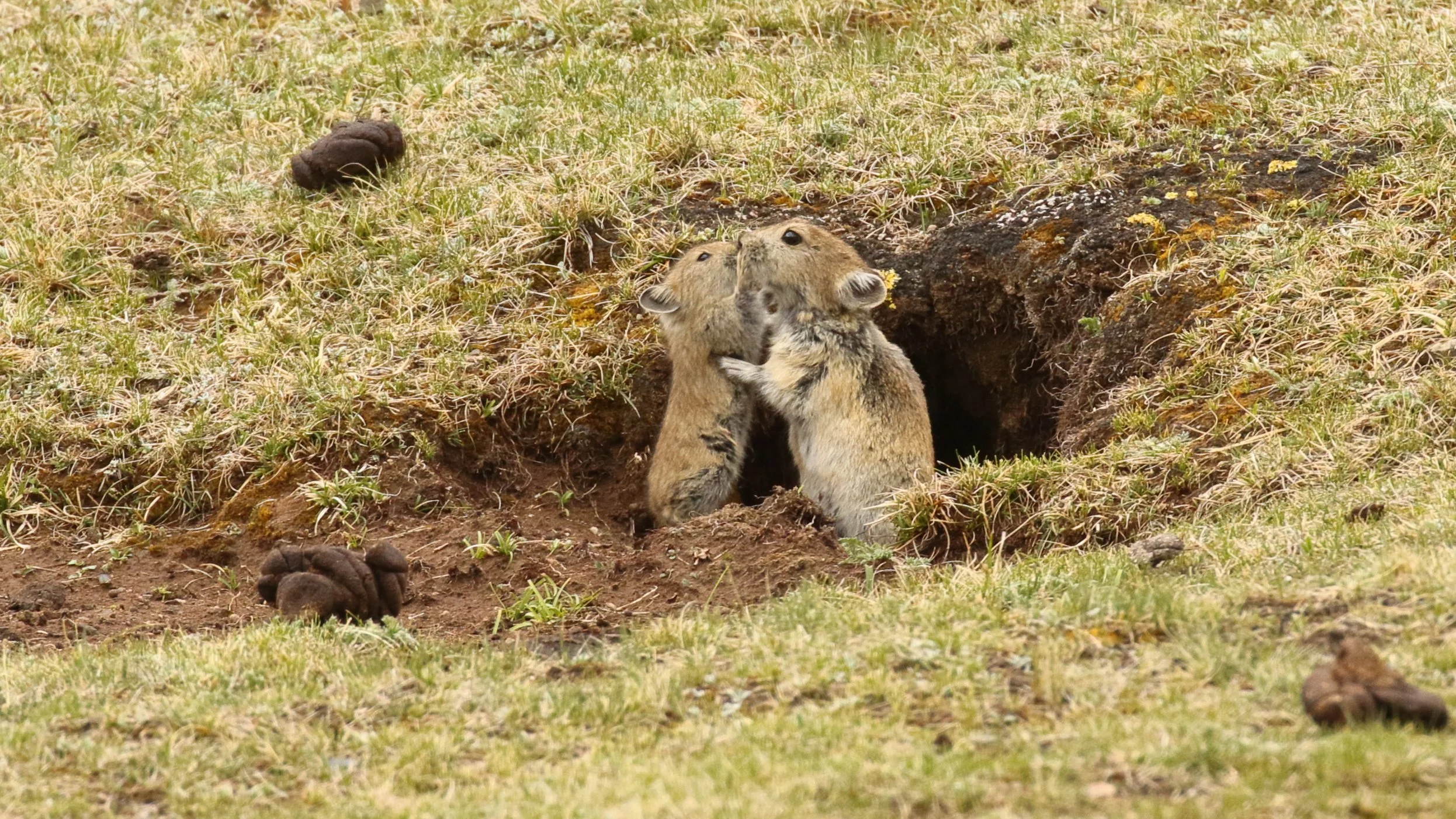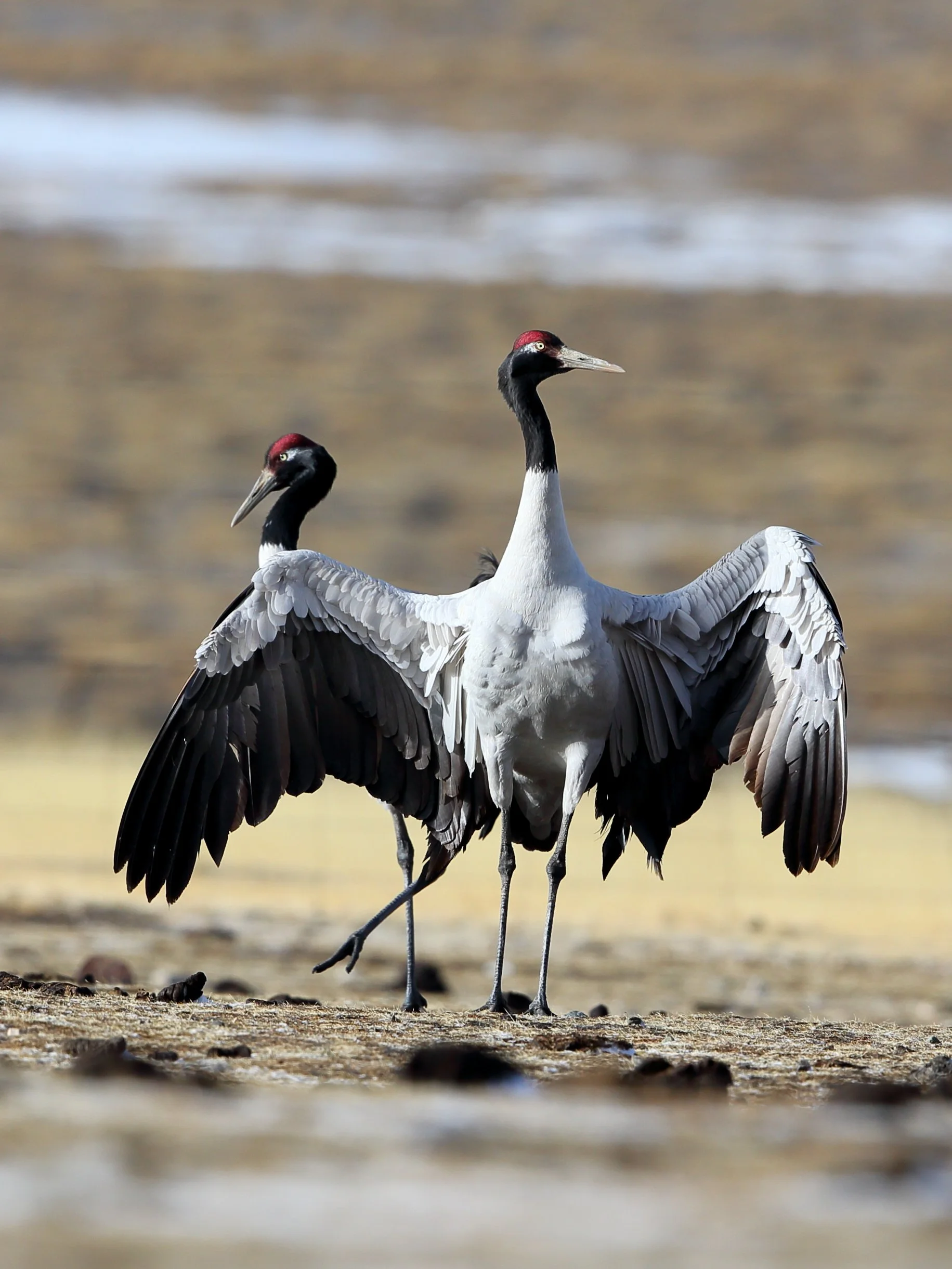
Where Snow Leopards Meet the Purest Tibetan Culture
Suggested Length
13 days
€4038 euros per person
Price From
LIMITED TO 10 GUESTS
Group Size
October - May
Season
In the remote highlands of the Tibetan Plateau, near the border of Tibet, lies the Sanjiangyuan region, this sacred land is one of the world’s most snow leopard–dense regions, a true wildlife wonderland. Guided by our local specialists featured in National Geographic and Frozen Planet, you will find snow leopards, Pallas’s cats, blue sheep, white-lipped deer, wild yaks, Tibetan foxes, Tibetan antelopes, wolves, and bearded vultures.
This 13-day journey through China’s culture and wildlife offers far more than the chance to see the elusive snow leopard. You’ll encounter many of the Tibetan Plateau’s iconic high-altitude species while exploring some of the best-preserved Tibetan cultural regions in the country: places most travelers will never reach. Discover hidden sanctuaries such as Katok Monastery, the 'Buddha kingdom on earth'; Dzogchen Monastery, the Harvard of Tibetan culture; the Dege Printing House, a living encyclopaedia of Tibetan heritage; and Xinzhai, the world’s largest Mani stone pile.
Highlights of the Journey
Explore the cultural jewels of Kham: Katok Monastery, the Buddha kingdom on earth, and the Dege Printing House
Share a vegetarian meal with monks at Dzogchen Monastery, the Harvard of Tibetan culture
Home to the world’s largest snow leopard population
Carve your own Mani stone and place it on the world’s largest Mani stone mound in Xinzhai as a blessing for the world
Daily wildlife tracking powered by our three observation zones and herder monitoring network
Your Guide:
Your Wildlife Guide Renqing
Renqing is a Kham Tibetan wildlife expert with over 10 years of experience tracking animals across the Sanjiangyuan region. He has encountered snow leopards more than 100 times and knows their every footprint and behaviour. His deep connection with these elusive creatures holds stories waiting to be uncovered. He was mentored by Xi Zhinong, one of China’s most renowned wildlife conservationists.
Renqing has served as the local producer and chief consultant for major documentaries by National Geographic, Disney, and others. With him, you'll step into the wild habitats featured in Frozen Planet and The Snow Leopard Queen.
Fluent in Chinese, English, French, and Tibetan, Renqing’s rich life experiences shape his calm, reliable, and professional guiding style—ensuring not only safety but also a truly unforgettable journey.
Your Wildlife Guide Dongzhou
Fluent in Tibetan, Chinese, and English, Dongzhou has more than 20 years of experience in translation and guiding. After working as a trilingual translator for NGOs, he joined Gesaer Travel in 2015 as a cultural and wildlife guide.
He has since collaborated on internationally acclaimed documentaries such as Born in China, Frozen Planet II, The Third Pole, and Animal Kingdom, where he specialized in wildlife tracking, field assistance, and cross-cultural communication. With a deep knowledge of the Tibetan Plateau’s wildlife and culture, Dongzhou is dedicated to leading travelers and film crews into some of the region’s most remote and remarkable landscapes.
-
Begin in Chengdu, where your guide welcomes you at the hotel and each guest enjoys a dedicated airport pick-up. If you arrive early, you can choose to visit the world-famous Panda Base or enjoy a Sichuan Opera performance on your own. In the evening, gather near the hotel for a warm welcome dinner to start your journey.
Dinner included -
Begin your journey north from Chengdu at 9:00 AM, driving through the Min River valley toward the highlands. Your first stop is Taoping Qiang Village, a thousand-year-old fortress village known as the “living fossil” of Qiang architecture. Explore its stone watchtowers, maze-like alleys, and enjoy a simple local lunch.
Continue to Changlie Monastery, the spiritual center of the Jiarong Tibetans. Its vibrant murals, golden statues, and snow-capped rooftops create a stunning backdrop against the mountains.
By early evening, arrive in Ma’erkang, gateway to the Tibetan and Qiang regions. After checking in, stroll the town’s Tibetan-style streets or join locals for Guozhuang dance in the main square.
Breakfast included
Elevation: 2615 m -
Travel west from Ma’erkang along the G317, watching the landscape shift from Jiarong Tibetan villages to the broader Kham region. Pause in Luhuo County for a comforting local lunch before continuing to Kasa Lake, the region’s revered “Mother Lake,” known for its crystal-clear waters, grazing yaks, and sweeping mountain views. A short walk up the nearby hillside reveals an unforgettable panorama of the entire valley.
Later, arrive in Ganzi County, a cultural heart of Kham Tibet. After checking in, visit the King Gesar Cultural Town, where fortress-style halls and colorful murals bring the ancient epic to life. Enjoy dinner back in town and settle in for a quiet evening surrounded by the snow-capped peaks.
Breakfast included
Elevation: 3390 -
Travel west from Ganzi through sweeping alpine valleys until you reach one of Kham’s greatest cultural treasures — Katok Monastery, the “Buddha kingdom on earth.” Perched high in the mountains, this 900-year-old Nyingma seat is known for its Vajra Throne, golden roofs, lively scripture debates, and rich scholastic tradition. Wander its sacred halls, watch monks at study, and take in the profound stillness of the high plateau.
Continue onward to Dege, the cultural heart of the region. After checking in, enjoy a gentle stroll through this historic town nestled among the mountains.
Breakfast included
Elevation: 3188m -
This day stands as the cultural pinnacle of the journey — a deep immersion into living Tibetan heritage.
Begin in Dege at the renowned Dege Printing House, the Tibetan cultural encyclopaedia where monks and artisans still hand-print scriptures from more than 300,000 ancient woodblocks.
Continue to Zhuqing Monastery, the Harvard of Tibetan Buddhism, where you’ll share a simple vegetarian meal with the monks and explore its golden roofs, sacred halls, and dramatic mountain backdrop. If timing allows, witness the lively afternoon scripture debates in the open courtyard.
By evening, travel onward to Shiqu, a land of vast grasslands and pristine high-altitude wetlands.
Breakfast included
Elevation: 4250m -
Travel from Shiqu into Yushu’s cultural heartland and begin your day at Xinzhai Mani Stone City, home to the world’s largest Mani stone pile. Walk among the towering scripture walls, watch pilgrims in devotion, and carve your own Mani stone to place upon the sacred mound, offering a wish for world peace and good fortune.
Continue to Jiegu Monastery, set high above the valley with sweeping views of Yushu and the Batang River. Explore its prayer halls, white stupas, and prayer-flag-lined paths, and take in the calm rhythm of monastic life.
Arrive in Yushu by evening for dinner and a gentle stroll through town.
Breakfast and dinner included
Elevation: 3689m -
Begin your wildlife adventure in Juela, deep in Nangqian - the snow leopard heartland of Qinghai. Guided by real-time updates from our Snow Leopard Information Network, today’s route adapts to maximize wildlife encounters across high-altitude valleys. Expect sightings of Eurasian lynx, Pallas’s cat, blue sheep, and soaring Himalayan vultures. As dusk falls, continue tracking until night before settling into Juela Camp surrounded by the wild silence of the plateau.
Breakfast, lunch and dinner included
Elevation: 3600m -
Begin before sunrise, heading deep into the mountains to search for snow leopards. By afternoon, arrive at Longbao Wetland, one of the most important bird sanctuaries on the plateau. Known as the “hometown of the black-necked crane,” it teems with life—bar-headed geese, ruddy shelducks, and countless migratory species thriving in its glittering wetlands. Continue onward to Haxiu, a renowned snow leopard observation site, where you’ll settle into Local herders' home for the night and begin your multi-day watch for the elusive “spirit of the mountains.”
Breakfast, lunch and dinner included
Elevation: 4500m -
Our wildlife specialists will already be out scanning for wildlife from the deck of the lodge and will call you if and when anything of note appears on the mountainside surrounding the lodge. Depending on updates from our local herder observation network, we may spend the day quietly waiting near camp to watch for snow leopards until dusk, or drive to nearby valleys where vultures have been reported circling. Several snow leopard families live in this area, offering excellent chances for sightings. In the evening, enjoy dinner at a herder’s home and stay overnight with the family.
Breakfast, lunch and dinner included
Elevation: 4500m -
After breakfast, following the guide’s information, we will seize the last opportunity to go out in search of the wild snow leopard until nightfall then we will drive back to Yushu city and stay in the hotel.
Breakfast, lunch and dinner included
Elevation: 3689m -
The guide will bid you farewell at the hotel and see you off to your vehicle for the transfer to the airport, marking the end of our unforgettable wildlife journey.
Breakfast included
@Banma
Interested in a similar itinerary but want to Travel Privately?
Our Travel Experts are here to craft your perfect tailor-made holiday.
Featured Stays
We’ve hand-selected a range of accommodations to suit different preferences, each offering a distinctive experience deeply connected to the local land and culture. We work with these or similar hotels to ensure a stylish and comfortable stay every time.
Please note that during the snow leopard observation at the herder’s home, the accommodation is quite basic. Private rooms cannot be guaranteed, and the toilet facilities are simple pit toilets.
Minshan Traveler Muxin Wangqinda Hotel in Dege
Boutique
Herder's Home
Homestay
Vienna International Hotel
Boutique
Species you might spot
What’s Included:
Accommodation: The trip includes 12 nights of accommodation as described in the itinerary.
Meals: 12 breakfasts, 4 lunches, and 6 dinners as specified in the itinerary.
Service Team: All services provided by the professional team mentioned in the itinerary.
Outdoor Highlights: Includes all the outdoor activities and wildlife observation experiences described in the itinerary.
Airport transfer service
Guiding Arrangement:
For 2–3 participants: a driver-guide will be arranged
For groups of 4 or more: a full-time outdoor expedition leader will accompany the group throughout the trip
What’s Excluded:
Transportation to Chengdu
Entrance fees to attractions or sites not explicitly mentioned in the itinerary (including any minor or optional entrance tickets).
All alcoholic beverages and drinks, except those specifically included by certain restaurants, guesthouses, or provided during picnics.
All personal expenses incurred during free activity periods.
Any items not specifically listed as included and other miscellaneous personal expenses.
Group departure date:
April 4-16, 2026
October 16–28, 2026
November 14–26, 2026
December 10–22, 2026
Trip Costs: €4038 euros / $4654 USD per person
Single room supplement: EUR 317 / USD 366 for the whole trip
Group tour with fewer than 10 people. Private tour available upon request.
Send us an inquiry
Begin Your Unique Journey Through China.
FAQ
-
There’s never a 100% guarantee when observing wildlife. Snow leopards are wild animals, and are used to traversing freely in the highland environment. However, we’ve selected multiple high-probability locations, scheduled multiple attempts, and coordinated with local villagers who scout in advance to maximise your chances of seeing a snow leopard.
-
Typically, the viewing distance ranges from 50 to 200 meters. In very lucky situations, a snow leopard may appear just 10 meters away by the roadside. In other cases, they may be seen on a distant ridge, about 500 meters away. We will prepare binoculars for every person, adapting to the diverse observation ranges. If observing over a longer duration, you may consider purchasing your own pair of binoculars. Recommended dimensions are 10×42, 8×3.
-
Use a camera model you are comfortable with. Bring extra batteries. Common lenses are 500mm or 600mm:
500mm is heavier and suited for photographers.
If you’re an experienced photographer and want to capture high-quality wildlife photos, we recommend bringing a 600mm or 800mm lens.
-
Snow leopards are highly sensitive to heat. During colder months, they descend to lower elevations, making sightings more likely. In warmer seasons, they retreat to higher altitudes, which makes observation much more difficult. The highest probability of sightings occurs in late January and February, during their mating season. However, this also coincides with the harshest conditions—temperatures can drop below -30°C, and oxygen levels are significantly lower, which increases the risk of altitude sickness. As an alternative, we recommend November or as early as April, when the probability of sightings still ranges from 60–80%. For most travelers and wildlife photographers, we suggest October and November as the ideal months. The climate is more stable, snow leopards are active at more accessible altitudes, and conditions are generally more comfortable for travel and observation.
-
Hiking Made Easy Don’t worry if you’re new to hiking — our journey is designed to be comfortable and beginner-friendly. Each day’s walk is no more than 4 hours, along a mix of roads, trails, and gentle mountain paths. With just basic outdoor gear, you’ll be ready to go. And rest assured, our experienced guides are by your side the whole way, ensuring a safe and enjoyable adventure at high altitude.
-
The journey ranges from 3,700 to 4,500 meters above sea level. We will arrange two days in Yushu (3,700m) for acclimatization. If time allows, you may adapt at 2,500m (e.g. Xining) for 1–2 days before arriving. Our team is experienced in handling altitude sickness. Please inform your guide of any discomfort during the journey—safety is our top priority. In case of serious symptoms, we may adjust the route or cut short the trip.
-
Snow leopard – Best observed in January–February during mating season.
Marmot & Tibetan blue bear – Hibernate in winter, visible again in warmer months about May-September.
Bearded & Himalayan vultures – Widely distributed, easy to spot year-round.
Wolf – Harder to see in summer (often hidden in valleys), more visible in spring, autumn, and winter on grasslands or roadsides.
Blue sheep, White-lipped deer & Tibetan gazelle – High probability of sightings in every season.
-
In the Yushu area, it is strictly forbidden to use drones to film animals. However, using drones to capture the natural landscapes of the Sanjiangyuan region from the roadside is allowed.
-
Please bring shoes that are comfortable for walking outdoors and also waterproof. While staying at the camp, the catering will provide bedsheet and blankets. We recommend you to bring personal sleeping bags as well. We’re always happy to provide further advice and recommendations.
-
For safety and comfort considerations at high altitude, the recommended age range is 10 to 70 years old. Participants outside this range may still join, but a doctor’s certificate of good health and prior approval from the organizer are required.
-
Please check your country's visa requirements for travelling to China. If you are from a visa-exempt country, you will have a 15/30-day visa-free stay. Our trip lasts no more than 13 days, leaving plenty of time for departure. If you wish to stay longer than 15 days, please apply for a visa in advance.

